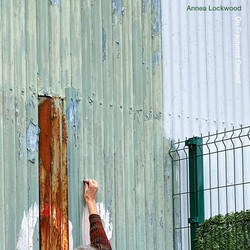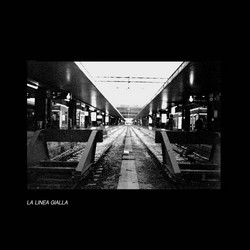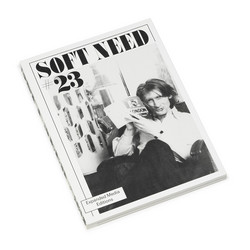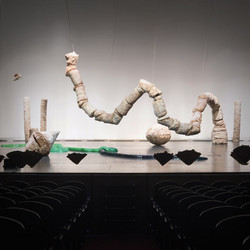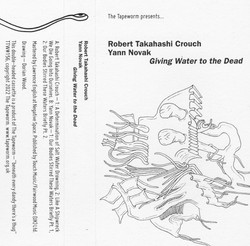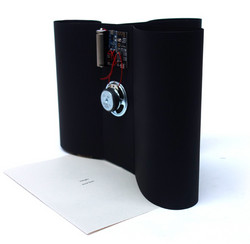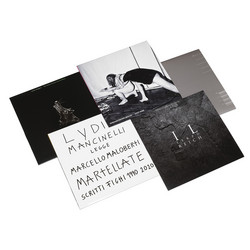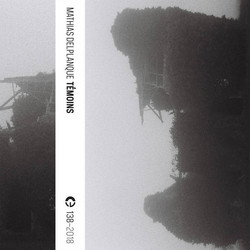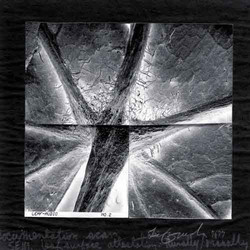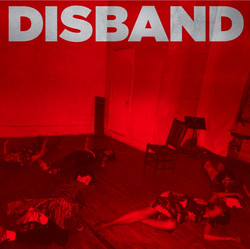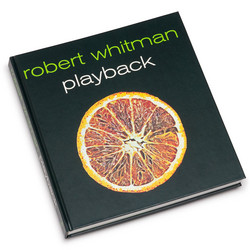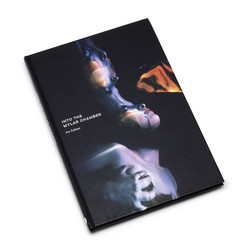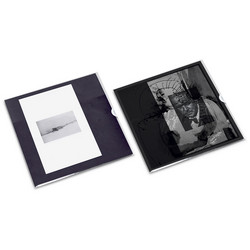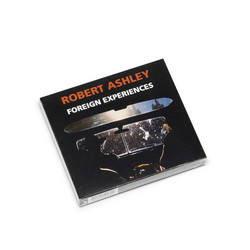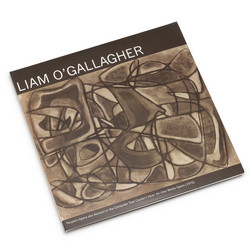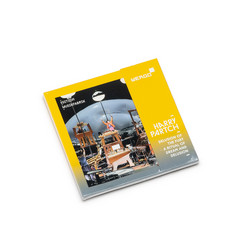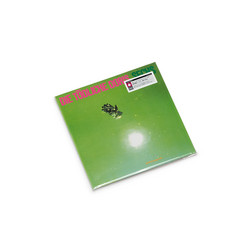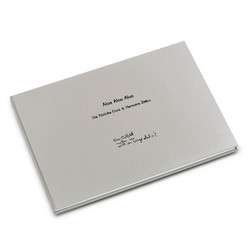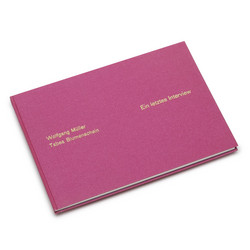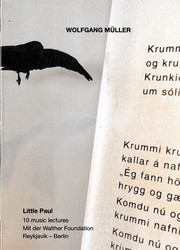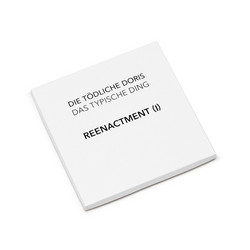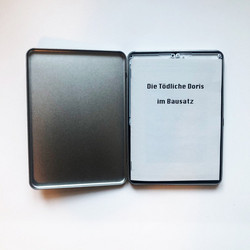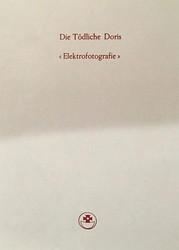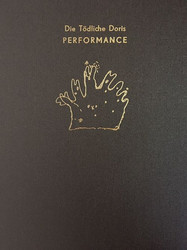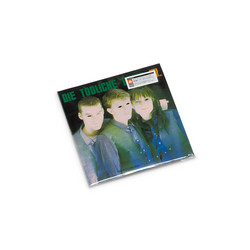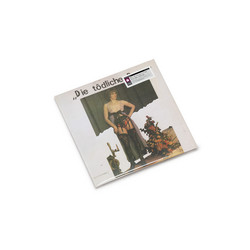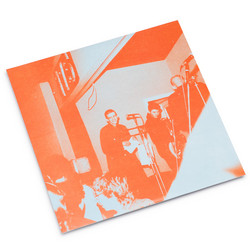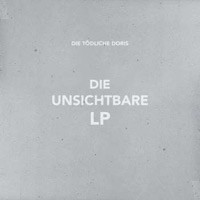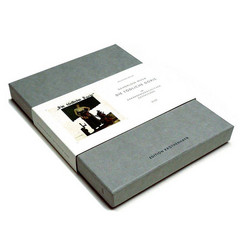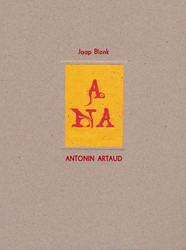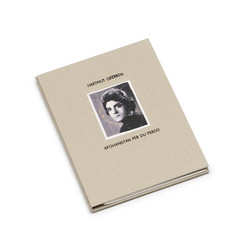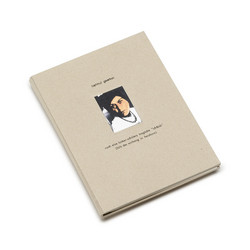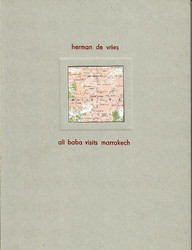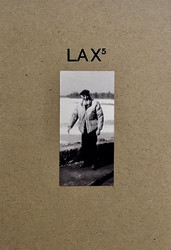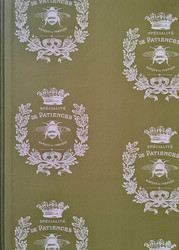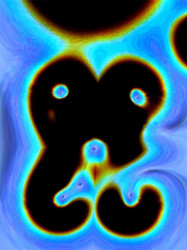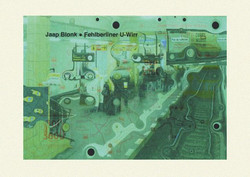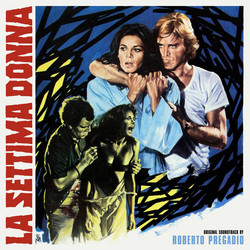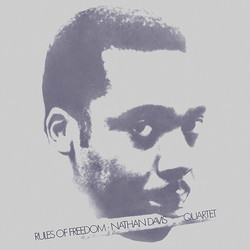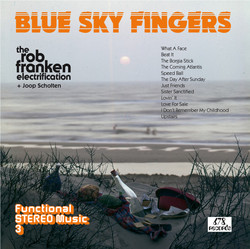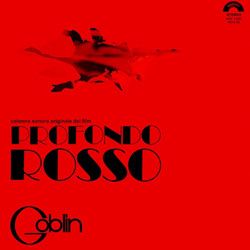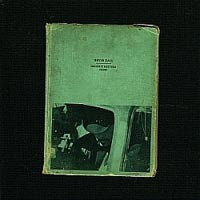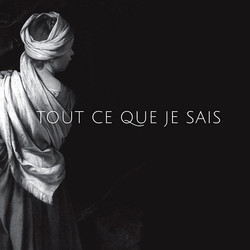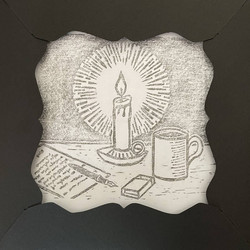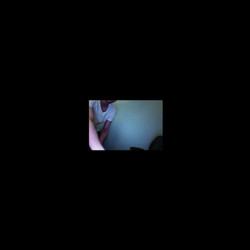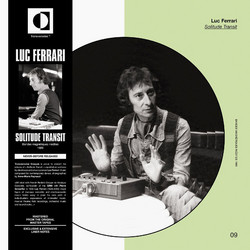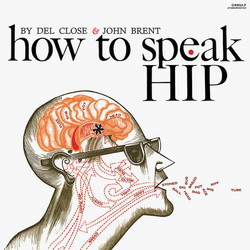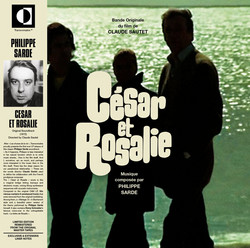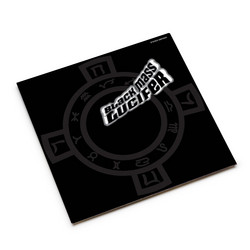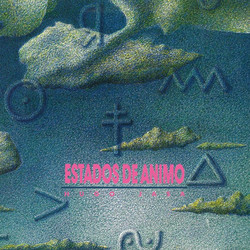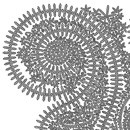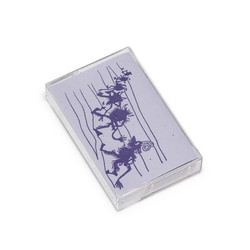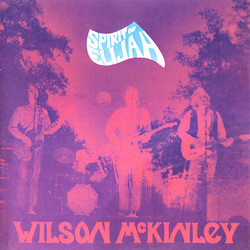Die Tödliche Doris
Oper / Opera (Book + DVD)
**100 copies. Edition, hardcover, 98 pages with many color illustrations + 16 pages booklet + Multiple, signed & numbered + 28 pages book with many color illustrations. English/German** Artist book. At the center of the opera 'Autofahrt in Deutschland', written in the year of the dissolution of Die Tödliche Doris, is an unroadworthy passenger car and Helmut Kohl, who has a fatal accident on the autobahn. Three women are sitting in the car, singing their way through the country without a driver, getting out now and then to perform their solos at the front, at the edge of the stage. They are Hermoine Zittlau, Etsuko Okazaki and Tabea Blumenschein. For the last live performance of Deadly Doris, Wolfgang Müller ordered this car from Stephan Geene, the organizer of the Munich event. "Stephan wanted to have Tabea with him and asked me to convince her. I told him, ok, that won't be so easy." In return, he had to promise me to put a used car in this museum, as a stage prop at the performance venue, recalls Wolfgang Müller: "Tabea had a special role in the group - she only ever performed when she felt like it. Sometimes it took some convincing." The organizers finally got the car from the car graveyard and shipped it to the museum with the help of a transport company. While the "ghost train" is a well-known and ambiguous symbol, "ghost cars" appear rather rarely in film and literature. For Wolfgang Müller (*1957), who has no driver's license and comes from the VW city of Wolfsburg, founded during the Nazi era, whose car plant dominates everything there, and for Nikolaus Utermöhlen (*1958 - 1996), who had a driver's license but hardly ever drove a car, the car was a symbol of German madness, a national fetish.“
“Here I’m standing with a band that no longer exists. Cheers!” And Doris now flows as a Vino da tavola bianco through Akashi’s body and dissolving inside. The bodies of the band members are absent, only visible as shells in the form of their clothing and costumes, through the repetition of gestures and facial expressions, of sounds and vocals. In the theater piece the various phases are commented upon by Masanori Akashi, who is standing in between the actors on stage and explains to the audience what is happening. The video is based on documentary material of two concerts from The Deadly Doris in 1988 in Club Quattro with Masanori Akashi. - Wolfgang Müller
We put together all the sounds of the opera with the 27 numbered audio cassettes recorded between 1980 and 1981, some of them still with Dagmar Dimitroff and Chris Dreier. In addition, we recorded some new tracks. Live we used two cassette decks. These were used like instruments with which the tapes were played according to previously determined rules and systems and transferred to the loudspeaker boxes. When a tape was to be played, where it was louder, softer, faded in or out, we noted on sheets of paper that are now lost. Presumably they lie somewhere in the 33 folders of the Doris archive in the K-Strich gallery in Bremen. The singers rehearsed to these tape sounds. On stage they sang to these tape sounds. Nikki and I used our voices live offstage, which were alienated by various effects devices. The 27 labeled cassettes with the yellow, red and white labels still exist today.
